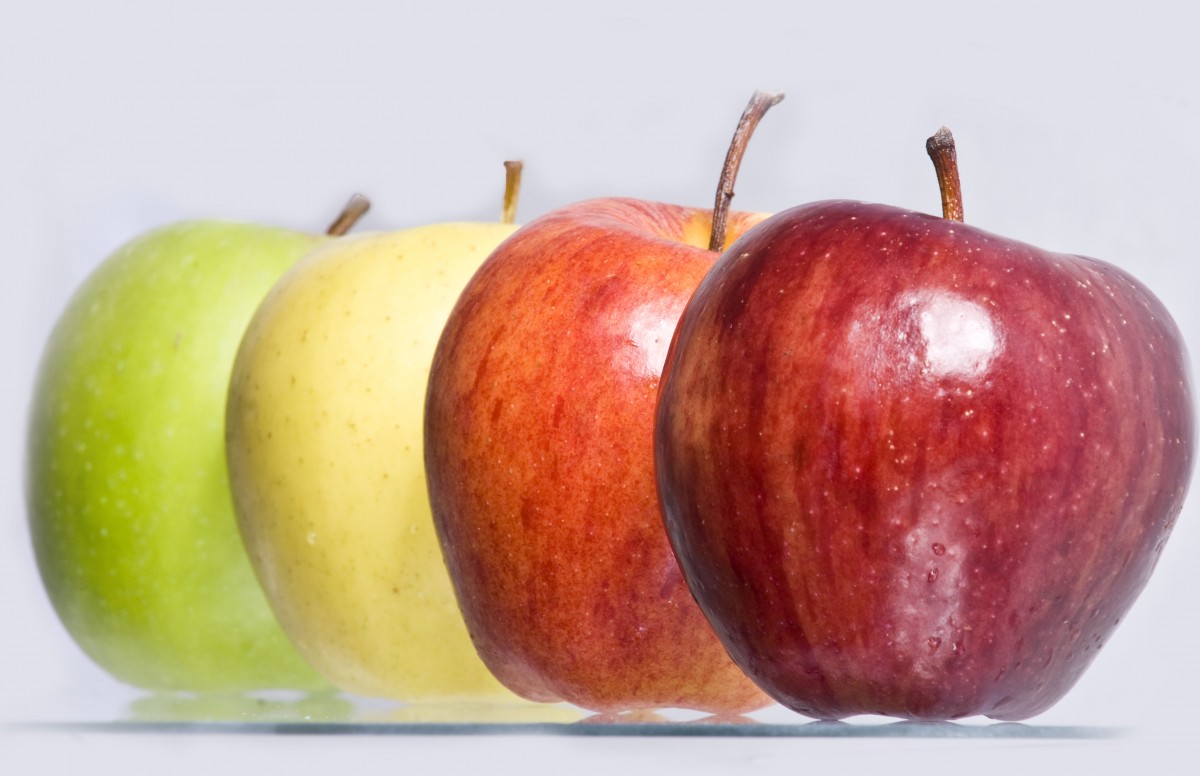
After I waxed rhapsodic about one of my favourite fruits a few weeks ago, apples, you will have to indulge me one more time with tech news that involves another type of fruit close to my heart: pineapples!
Or, more accurately, it involves the pineapples’ leaves — fashion designer Carmen Hijosa has created a textile called Piñatex, by adapting a traditional processing method from the Philippines. Her company manufactures a vegan leather alternative from the spiky fibrous pineapple leaves that are commonly discarded before the fruits are shipped from the farm.
In addition to concerns about animal welfare, the production of regular leather has massive environmental impacts. From the tanning process, to dyes, to dust, leather production takes its toll on the earth and the bodies of those engaged in the industry. And traditional vegan leather, while eliminating the animal cruelty aspect, can sometimes be just as earth unfriendly as regular leather.
This is why Piñatex is so interesting. The process makes use of a waste product that already exists, so would not require any more water or land than is currently being used. And it would provide extra income to farmers, and countries where pineapples are grown.
According to consumers, the fibre, while not totally leather-like, offers a comparable experience; holding up well in the rain and garnering “lots of compliments”! I consider this an object lesson in unconventional problem solving: sometimes the solutions are right in front of us – like in our kitchen counter fruit bowls
Since we live in different parts of the planet — dry vs. wet — humans and octopuses rarely cross paths. The general public has only recently begun hearing news that this sometime-sashimi is actually a remarkably intelligent animal. Octopuses are perhaps even more long-lived in their intelligence than us!
Science is now looking at the foreign world of the octopus to shed light on human problems that need solving. A team out of Sungkyunkwan University is attempting to find the best format for to a water-resistant adhesive. And through that effort, they are learning about what an engineering marvel our cephalopod friends are!
“If you’ve ever seen an octopus tentacle, you’d know it’s covered in little suckers, each a deep suction cup with a ball in the middle. [Assistant professor Changhyun] Pang and his team wanted to figure out how the tentacles stuck to things underwater, so they made their own tentacles. Rather than a long appendage with protrusions, they instead produced a polymer sheet with dimples tens of micrometers across, each with a little sphere in the middle.
They experimented with various sucker radii, finding that the stickiest adhesive had 50 micrometer dimples arranged fairly densely. They tried several different dimple shapes, and the octopus-inspired one was the stickiest by far under moist conditions, underwater, and under oil.”
A tape-like product with octopus-derived suckers on it could have many applications, including moving items underwater, preventing barnacles from adhering to surfaces, and, most importantly, creating a medical adhesive that could close wounds in wet or underwater conditions. The team considers itself on track for commercial applications to be rolled out in three years! I look forward to the fruits of this collaboration between invertebrates and their less lucky counterparts — us.

We’ve just gotten into summer, so there’s plenty of fresh local fruit — strawberries, peaches — that we get to enjoy before one of my fall favourites, apples! When the brisk October days come, and it’s time to find a pick-your-own orchard, I’ll keep in mind this fascinating New York Times article on apple hunters— who use scientific techniques to find the lost varieties of this essential North American fruit.
And there used to be 17,000 of these varieties, before industrial agriculture whittled the gene pool down a century ago. Now, 15 varieties, led by the abominable Red Delicious have cornered 90% of the market. But that’s not to say that gems of the past are entirely gone. Many melted into parkland or overgrown fields, and are now being rediscovered by a community of sleuths, who then help interested propagators breathe life back into heritage apples. How they do so is fascinating: using old donated seed catalogues and records of county fairs long past to determine rough locale. Then science gets involved!
“Most apple varieties, produced by chance intermingling of pollen from neighboring trees on family farms, cannot be definitively identified by DNA, so the history is important. Plant scientists said old varieties might have something to teach as well about evolution or climate, in looking at the qualities that kept a particular tree going despite the odds.
‘That’s my scientific curiosity: How did this plant do it? How did it survive when others died?’ said Amit Dhingra, an associate professor of horticulture at Washington State University who works with [apple hunter David] Benscoter and the Whitman County Historical Society on the Lost and Heritage Apples of the Palouse project.”
I don’t often think of the history (and industry) behind my favourite apples, when taking a big bite; I usually stay in the present of their crisp tart taste! If, someday, I have the chance to bite into a Limbertwig or a Dickinson that has made it back to market, it might be easier to think of them as edible time capsules. It will be a privilege to taste the hard-won flavour of centuries ago in a fresh fruit.